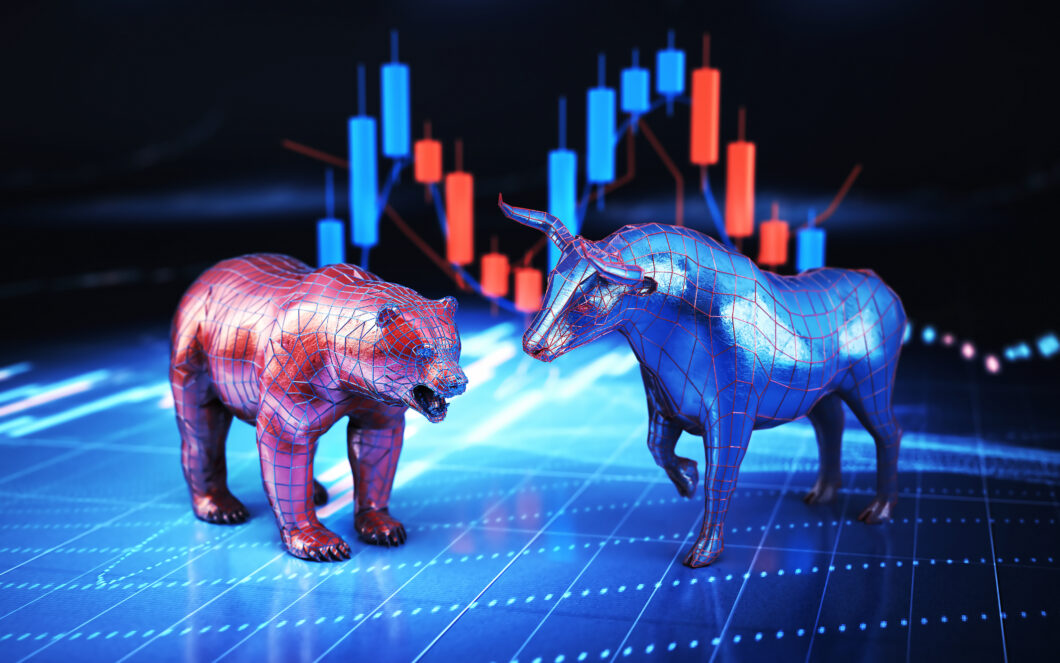Domestic institutions now own more than foreign institutions. DIIs, as a group, hold 18.4%, whereas the ownership of FIIs has slipped to 17.9 percent.
Once upon a time, our equity market used to be dominated by the inflows and outflows of foreign portfolio investors (FPIs). Then, over the years, the ownership of domestic institutional investors (DIIs) inched up and has now overtaken, as aggregate, the ownership of FIIs. The impact is visible in market movements: even when FPIs exit in chunks, our markets are not as volatile.
Let us look at the numbers on ownership:
NSE listed stocks universe
The biggest chunk of ownership remains that of private Indian promoters. As of March 2024, it was 32.7 percent, marginally lower than the 33.2 percent in March 2023. Government ownership has moved up to 11.2 percent in March 2024 from 8.4 percent a year ago.
Ownership of FIIs has slipped to 17.9 percent from 19.1 percent in March 2023. This is the crux of it. As a number, 17.1 percent is the second biggest after the 32.7 percent of promoters, but it is relatively lower than earlier. As of December 2023, FPI ownership stood at 18.2 percent.
There are multiple DIIs with ownership stakes in companies. There are domestic Mutual Funds with 8.9 percent, Banks, Financial Institutions (FI) and insurance companies with 5.6 percent, other institutional non-promoters with 2 percent and non-promoter corporates with 1.9 percent. When we add these, it is 18.4 percent, higher than the 17.9 percent of FIIs. Apart from this, as of March 2024, there are individual investors owning 9.5 percent and other non-institutional non-promoters with 2.2 percent.
To be sure, when an ownership percentage has decreased over the year, it may or may not mean they have sold off over the year. It may so happen that others have increased their stake over the year and the stake has come down on a relative basis. The numbers quoted above are on total market cap basis.
To look at the history over the last three years or so, FPI ownership has eased from 20.7 percent in June 2021 to 17.9 percent now. Mutual Funds have increased from 7.2 percent to 8.9 percent over these dates. Banks, FIs and Insurance has moved up from 5 percent in June 2021 to 5.6 percent now.
The spread of the equity cult
With the positive performance of the equity market and faster spread of information through digital resources, people’s awareness is increasing. Mutual Fund mobilisation through systematic investment plans (SIPs) is increasing steadily. The number of demat accounts, as of March 2024, was more than 15 crore. As of March 2023, it was 11.4 crore.
The run rate of more than 30 lakh demat accounts being opened per month is much higher than the historical average. This shows increased awareness of investors. With demat accounts, investors would either buy stocks or participate through managed portfolios e.g. Mutual Funds / PMS / AIF or have some other form of participation.
FIIs, buying and selling in phases, have net decreased their stake over the year. The aggregate of the domestic institutions at 18.4 percent, mentioned earlier, was 18.8 percent a year ago.
Who trades more in the equity market
When we look at the traded value participation in the cash / spot market, we get a different picture than the ownership pattern discussed above.
The trading pattern will give a perspective on who moves the market. In 2023-24 (FY24), on the NSE, the highest traded volume, 35.5 percent, was from individuals. To put that in perspective, the biggest chunk in ownership is promoter holdings, which are not traded in the secondary market. Individuals, though they own 9.5 percent of the companies listed / traded on the NSE, are active traders.
The second biggest trading participant is prop, i.e., proprietary traders, typically brokerage firms and NBFCs trading with their own money. Foreign investors had a 14.8 percent share of traded volume in the cash market. Domestic institutions with 11 percent and corporates with 5.6 percent had a 16.6 percent share of NSE cash market trades. With significant trading participation, domestic institutions and individuals are bigger market movers than foreign institutions.
Conclusion
Foreign institutions would look at the relative valuation of the Indian market vis-à-vis its emerging market peers. They have their own metrics for evaluation and risk assessment. For domestic investors, retail or institutional, it is about participation in the India growth story. Valuations are relevant but not so much a comparison with other markets.
Given that there is a balancing out of foreign institutional investors by domestic investors, the overall stability of the market is better than earlier. The impact of global events on our market sentiments, in the short run, has always been there and will be there. When there is a heavy influx or outflow of FIIs, while there will be some impact on our markets, it will be limited.
Refer: https://www.moneycontrol.com/news/business/personal-finance/who-owns-the-equity-market-12756303.html


